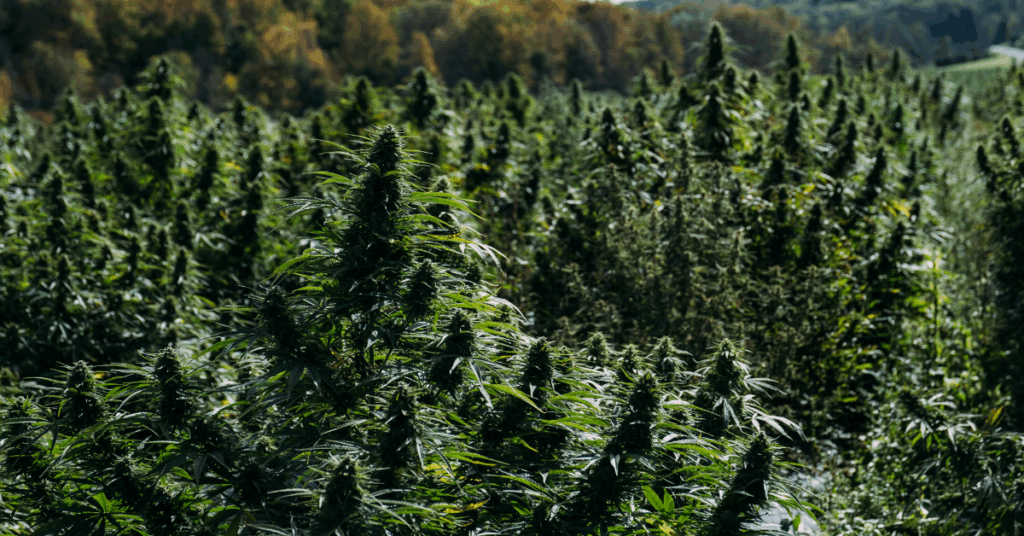
A new study from the U.S. Geological Survey and the Humboldt County-based Integral Ecology Research Center has revealed that toxic chemicals from illegal cannabis cultivation sites continue to pollute California’s national forests long after the operations are shut down.
Published in Science of the Total Environment, the peer-reviewed study examined abandoned “trespass grow” sites in Six Rivers, Shasta-Trinity, and San Bernardino National Forests. Researchers found persistent contamination in soil, water, and sediment — including pesticides, pharmaceuticals, and cannabis-related compounds like THC and cannabidiol.
Pesticides such as imidacloprid, malathion, and myclobutanil were discovered at significant concentrations in topsoil, while traces of plasticizers and personal care products pointed to the remnants of makeshift living and irrigation systems left behind.

Scientists warn that the lasting chemical footprint from these grow sites threatens wildlife, water quality, and fragile forest ecosystems. With thousands of similar sites still scattered across California’s public lands, the findings raise serious concerns for both environmental and human health.
The research team hopes the results will guide future cleanup and policy efforts aimed at restoring contaminated areas and preventing further damage.
Illegal cannabis grows have long plagued Northern California’s remote forests, damaging critical watersheds and endangering species from fishers to salmon. The new data shows that even after the plants and people are gone, their toxic legacy remains.

